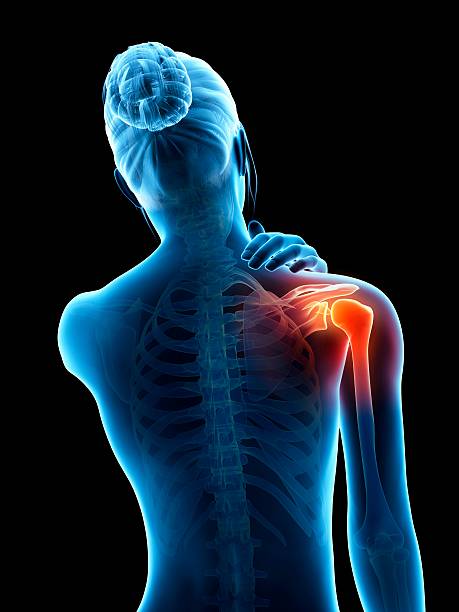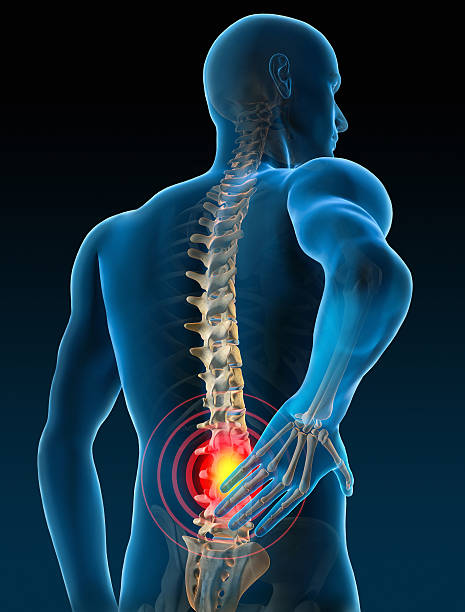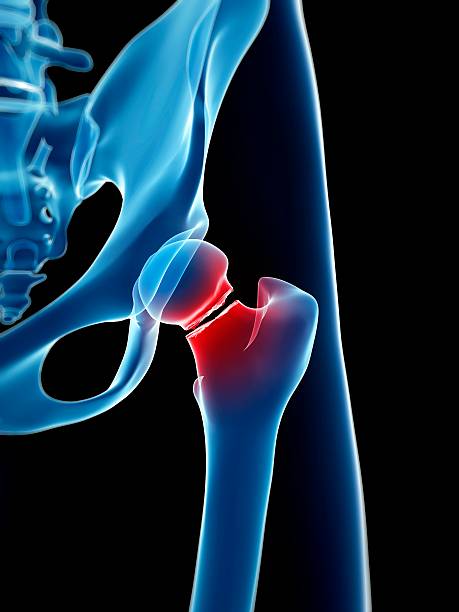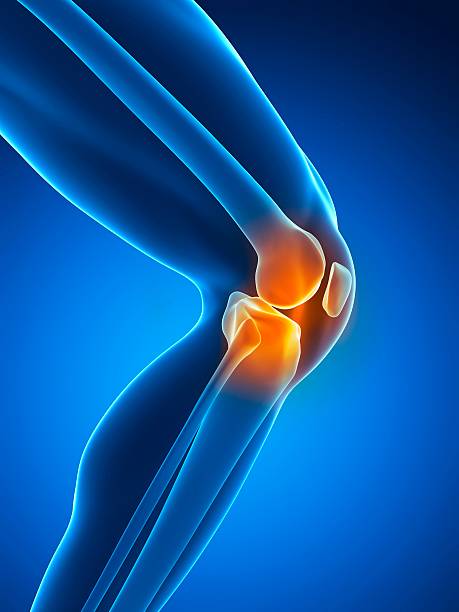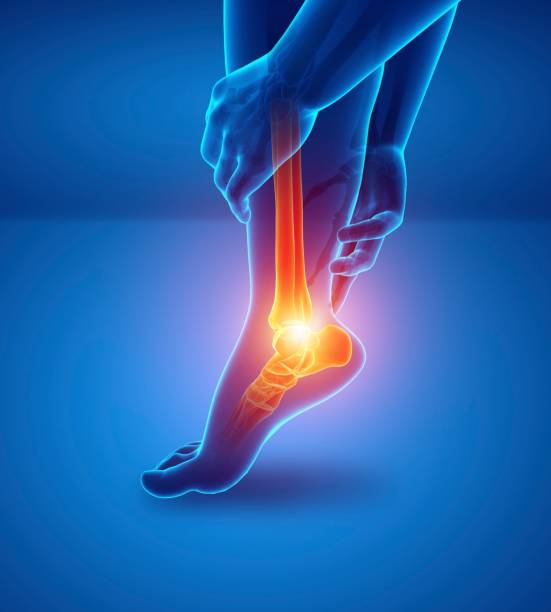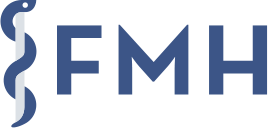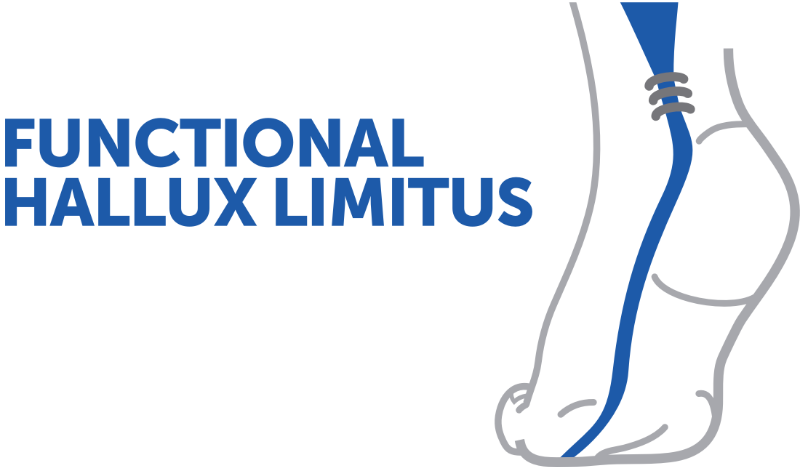FHL: a little-known tendon causing widespread pain
The flexor hallucis longus (FHL) is a little-known tendon whose dysfunction can cause widespread pain in the foot, knee, or back. This podcast highlights the diagnosis of functional hallux limitus, associated clinical tests, and possible treatments. A poignant personal account illustrates the treatment journey, from pain to successful surgery.
Doctors
Topics
Treatments
Advice
- Dr Jacques Vallotton; Vinciane Dobbelaere
- Presentation of the FHL
- Patient Testimony
- Clinical diagnosis
- Stretch test
- Treatments
- Physiotherapy
- Podiatric analysis
- Endoscopic surgery
- Observe the patient's gait
- Perform the stretch test
- Consider a podiatric analysis
- Try physiotherapy
- Opt for surgery if necessary
Information
Video type:
Anatomy:
Surgery:
The long flexor hallucis: a discreet function, a major impact
The flexor hallucis longus (FHL) is a key tendon for propulsion, yet often overlooked. Its dysfunction can be expressed far from the foot and manifest as diffuse pain in the lower limb, or even the lumbar spine.
This pathology concerns the sliding of the musculotendinous junction at the level of the hindfoot. When the tendon no longer slides freely in the retrotalar tunnel, the extension of the first metatarsophalangeal becomes limited during the propulsion phase and the gait sequence changes.
Thus, a localized disorder in the foot can disrupt the entire kinetic chain. The goal of treatment is to reestablish this synchronization in order to alleviate pain and restore an efficient gait pattern.
How does functional hallux limitus manifest?
Functional hallux limitus manifests as an inability to extend the big toe when the ankle is dorsiflexed, while mobility may appear normal in other positions. When walking, the patient "extends" the foot, relies more on the outer edge and transfers the load to the forefoot later.
Clinical assessment is based on observation of walking over a few meters and the three-step stretch test, which is pathognomonic when positive. Peripheral clues, such as hyperkeratosis under the pulp of the big toe and lateral wear of the heel, also guide the diagnosis.
In this context, dynamic podiatric analysis completes the examination: the impression typically reveals a lack of support under the head of the first metatarsal with overloading of the pulp of the big toe.
No one knows that you can have a problem with the long flexor of the big toe.
Biomechanical consequences: from the foot to the knee… then to the back
The lack of free sliding of the FHL defeats the "winch effect" of the forefoot and creates a blockage in the sagittal plane. The lower limb compensates by increasing flexion of the knee and hip, while the trunk projects forward.
This desynchronization can lead to knee pain (patellar syndrome, tendon overload), periostitis, sprains, and even lower back pain. The entire body functions like a chain: the initial stress on the foot is transmitted to the upper levels.
Identifying these chains early on makes it possible to guide targeted and graduated treatment.
Conservative treatment: unlock, stretch, resynchronize
The first approach is non-surgical. It aims to free the hindfoot and restore functional mobility. The subtalar release maneuver, followed by specific FHL stretching exercises and overall posture and core strengthening work, forms the basis of rehabilitation.
A gait analysis can guide the adaptation of support and the use, if necessary, of dynamic plantar supports. The goal is to improve proprioception, stabilize the arch, and correct the timing of lower limb rotations.
This step requires regularity and monitoring; in many cases it is enough to reduce pain and normalize the gait.
It's like walking with flippers.
When to consider surgery?
If conservative treatment fails, the surgical option is to release the tendon sliding endoscopically. Two small incisions on either side of the Achilles tendon are used to open the retrotalar pulley, control the tunnel, and verify the return of free sliding of the musculotendinous junction.
The procedure is brief, minimally invasive, and facilitates rapid functional recovery. It aims to restore the winch effect and synchronization of the lower limb, in order to reduce pain and improve stability when walking.
Message to the patient
This problem is common, although little-known. A codified clinical examination and, if necessary, a gait analysis allow for an accurate diagnosis.
The treatment follows a logical progression: functional release, rehabilitation and correction of weight bearing, then surgery as a last resort. The goal is to regain a smooth and comfortable gait, a guarantee of lasting pain reduction over time.
Pathologies treated at the center
Hallux Limitus
Functional
Your pain has a cause.The balance sheet allows us to understand it.
- Gait analysis
- Posture Assessment
- Guidance on the right treatment
- Study of plantar supports and supports
- Detection of compensations
- Pain–movement correlation
The functional assessment allows us to understand how a joint or postural imbalance can trigger or perpetuate pain. Very often, imaging is normal, but movement is disturbed. By analyzing gait, weight-bearing patterns, or posture, we identify the weak links in the chain and guide targeted treatment adapted to the patient's actual mechanics.


